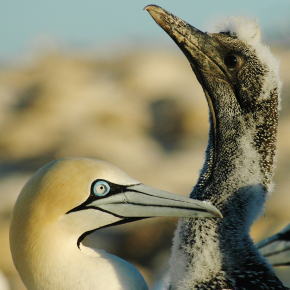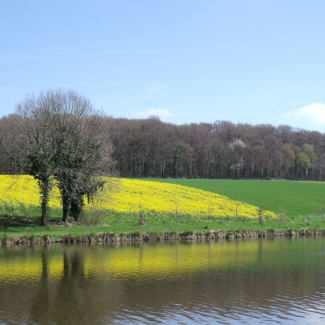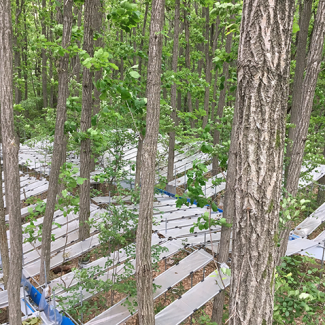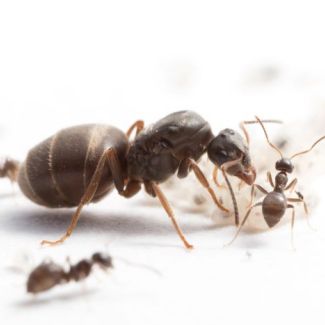
Industrial fishing is starving seabird populations worldwide
The intensification of industrial fishing leads to food competition with seabirds around the planet, and threatens the world seabird community. For the first time, researchers from CNRS1 , the University of Aberdeen (Scotland) and the University of British Columbia (Canada) have mapped the competition between industrial fishing and seabirds worldwide between 1970 and 2010. Their study reveals that the average annual food intake of seabirds fell from 70 to 57 million tonnes between 1970-1989 and 1990-2010, while the average annual fishery catch of potential seabird food increased from 59 to 65 million tonnes during the same period. Despite the sharp decline of the global seabird community during the period 1970-2010, the competitive pressure exerted by fisheries remains strong. Seabird-fishery competition has even increased in almost half of the world’s oceans. The study appears in the December 6, 2018 edition of Current Biology.

© David Grémillet
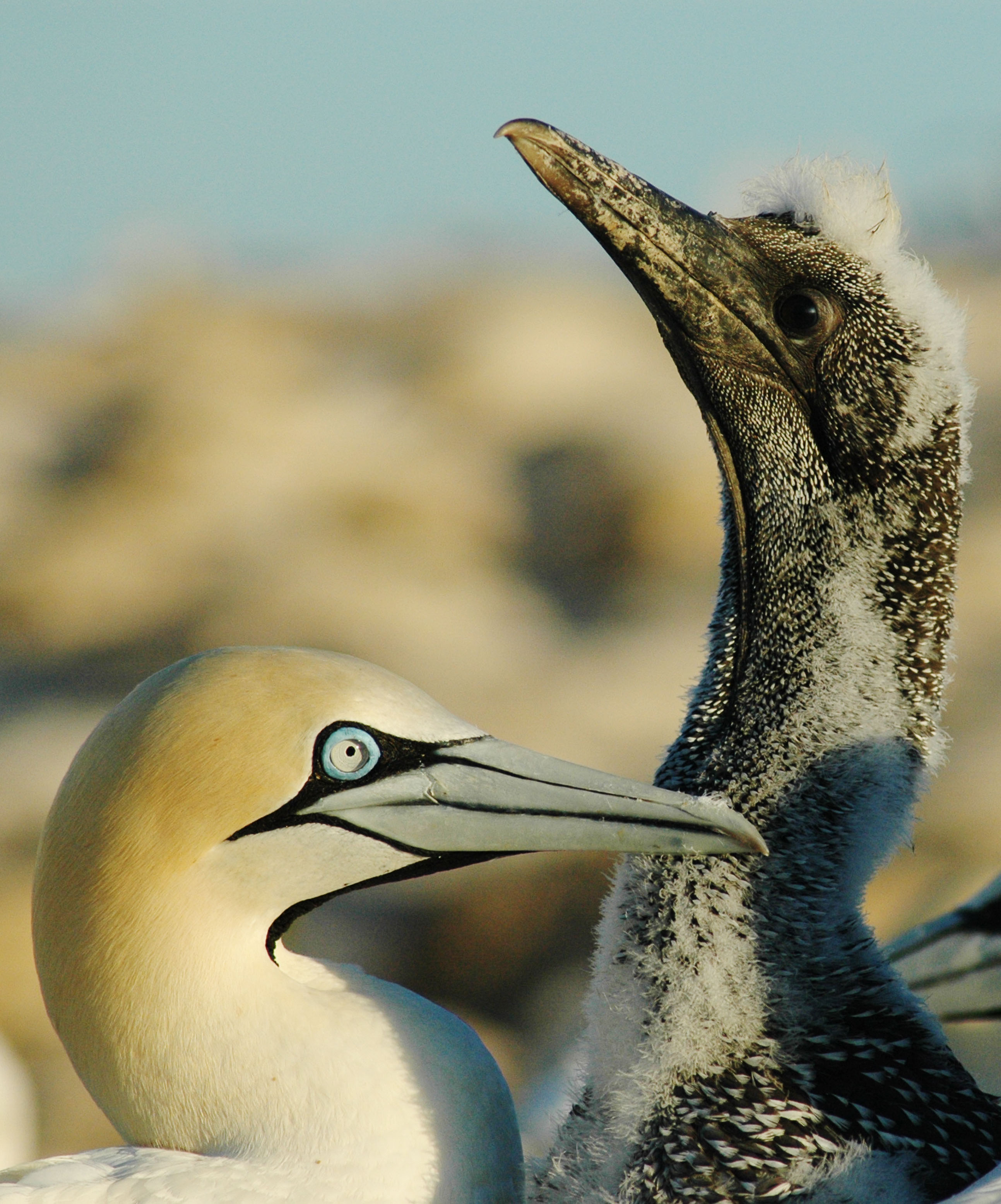
© David Grémillet
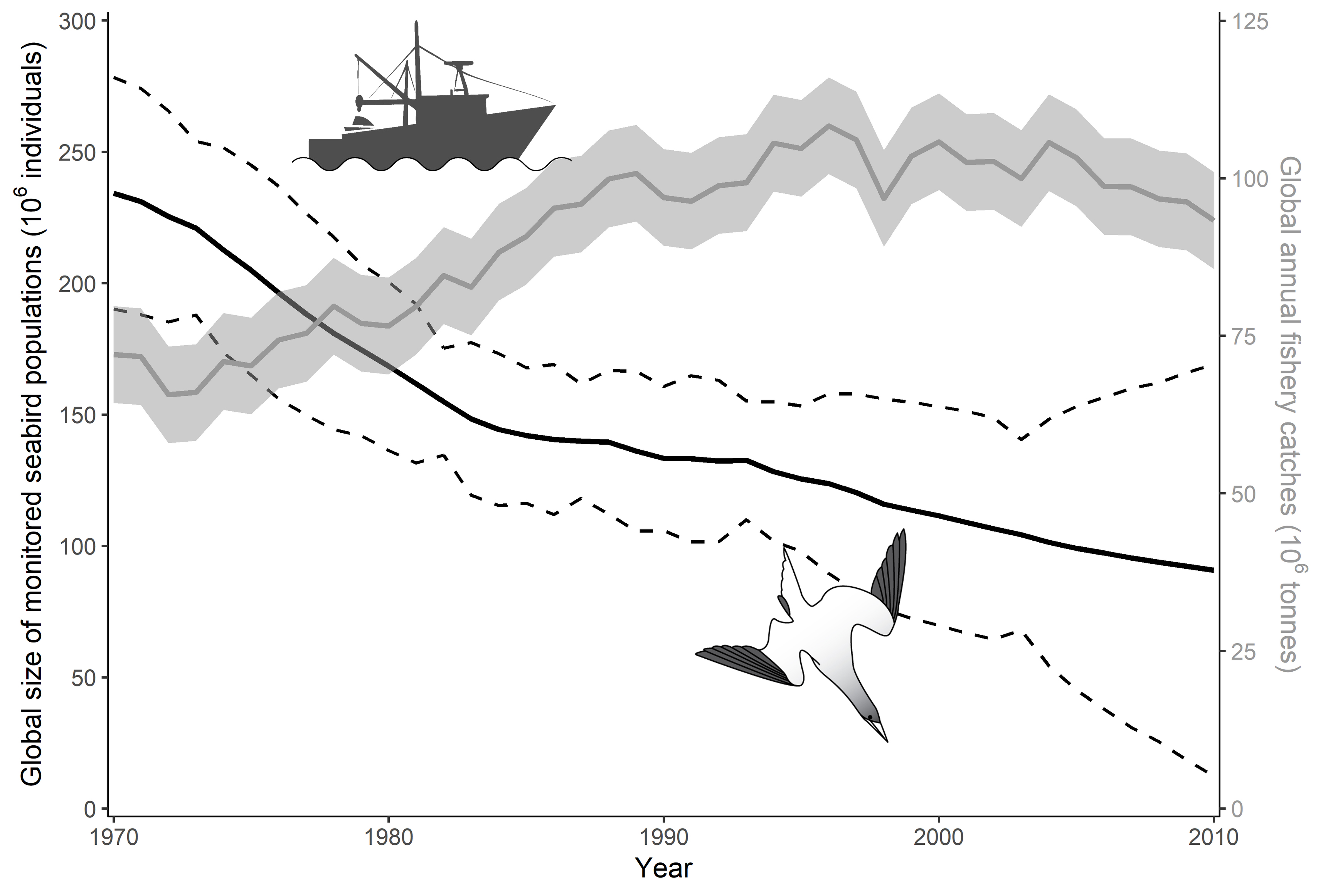
© Current Biology/Elsevier
- 1The CEFE - Centre for Functional and Evolutionary Ecology (CNRS/Université de Montpellier/Université Paul-Valéry Montpellier/EPHE)
Persisting worldwide seabird-fishery competition despite seabird community decline. David Grémillet, Aurore Ponchon, Michelle Paleczny, Maria-Lourdes D. Palomares, Vasiliki Karpouzi, Daniel Pauly. December 6, 2018 Current Biology.
